
Once the wound is healed, the coning process can start. This forms part of the stump preparation process to reduce swelling and obtain a smaller, more conical shape of the limb. The coning process takes place over a 3-6-week period and weekly measurements are taken on the stump to monitor the reduction. Once this reduction slows down and stabilizes, a test prosthesis can be fitted. A coning bandage or sock can be used for this and is available from your prosthetist at GMAA.
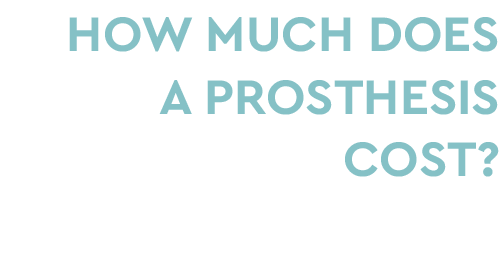
We have received this question countless times on our website, so we decided to address it in our FAQ’s. What goes into a prosthesis is so much more than the cost of the components. It is about all the time and care that goes into each individual prosthesis user. From the first consultation and assessment where we decide with you, the amputee, which type of prosthesis will be best suited to your needs, through the weeks of coning, trial prosthesis fittings and alignment adjustments, basic prosthesis gait training, final prosthesis fitting and then follow up appointments and adjustments. We develop a very close relationship with each of our prosthesis users as we have your best interest at heart.
There is a myriad of components available on the market, but not all are suited to your needs or budget. We can assist you in wading through all the marketing hype and find the best solution that will suit you as an individual as well as your lifestyle. So, with this in mind, how much does a prosthesis cost? Please contact our practice for an estimate. Only once we have consulted with you in person can we do an official quotation for you.
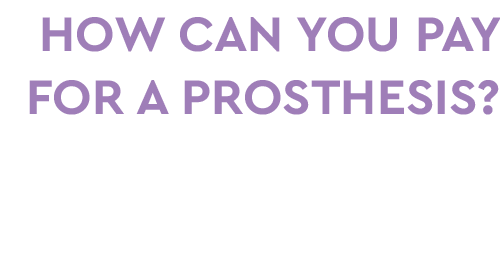
As a Discovery Preferred service provider, we do charge medical aid rates. We offer private rates should you not have medical aid cover. If you have medical aid, we will gladly contact them on your behalf, with your consent of course. We can assist with motivation letters and quotations should it be required. We have skilled admin staff that can assist with following up on medical aid processes. Should you be able to apply for Prescribed Minimum Benefit (PMB) funding, we can assist with that as well. We also work closely with the Road Accident Fund and can assist should you have an undertaking from them, as well as Workman’s Compensation and Rand Mutual Assurance. Kindly contact GMAA for more information.
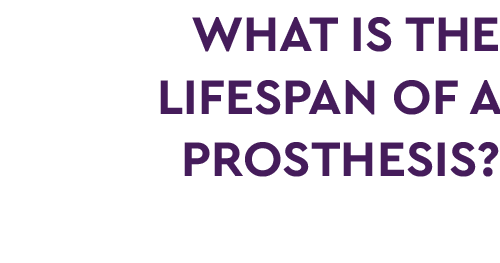
As far as componentry is concerned, a well looked after prosthesis can last for many years with annual maintenance. The warranties on components vary from 1 – 5 years and extended warranties are available on some feet and knee joints at an additional cost. At GMAA, we only use materials and componentry that are CE marked and covered by the warranties from manufacturers. We also do not hybridise components from different manufacturers on one prosthesis as this will void any warranties. The socket on the prosthesis will have to be re-made should your stump volume or shape change. This can typically happen when you gain or lose weight. Some prosthesis users suffer from daily volume fluctuations due to physiological problems such as diabetes, and this will have to be managed very carefully. Most funders allow for a new prosthesis every 5 years, as well as annual maintenance. Discovery medical aid allows for a new prosthesis every 2 years on PMB.
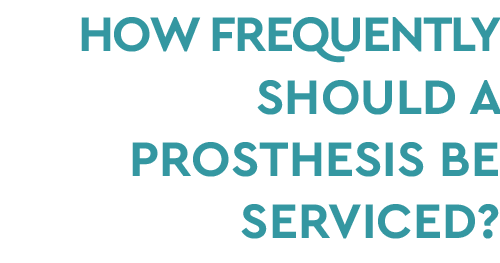
The service intervals must be adhered to as prescribed by the component manufacturers to keep warranties intact. We recommend visiting your prosthetist at least once per annum to ensure that your prosthesis is still safe to use. Soft goods like your silicon liner, knee sleeves and socks should be changed annually. Most medical funders allow for annual maintenance.
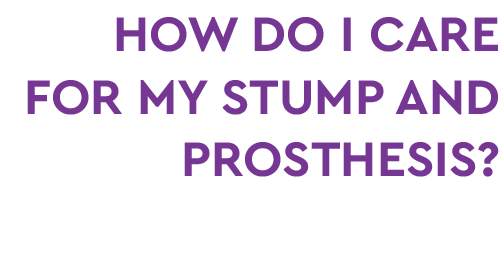
Body lotion and soap alternatives that can be used with your prosthesis:
Body Lotion
- Derma Prevent and Derma Repair (available from your prosthetist only) An Otto Bock product
- Cetaphil Moisturising Lotion
- Epi-Max cream
- Physiogel Body Lotion
- Eucerin Body Care Lotion
- Dermikelp Skin Lotion
- Seba Med Moisturising Lotion
Soap
- Derma clean (available from your prosthetist only) An Otto Bock product
- Hydra Soap
- Seba Soap
- Aqua Bar Soap
- Cetaphil Soap
- Sanex Zero%
Available from retail stores countrywide. Please note that we do not prescribe any ointments or soaps. Kindly consult with your doctor regarding any skin problems or allergies.
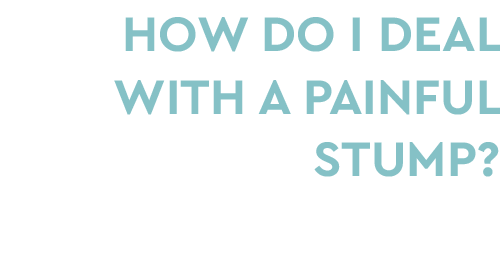
Often, pain in the stump is caused by an ill-fitting prosthesis socket. A contributing factor is limb volume loss or changes that can happen through the day. Adding a stump sock can solve the issue of volume loss. If you are already making use of 3 – 5 stump socks, it might be worth looking at having a new socket made that will fit your stump well. There are thin dressings available from your pharmacy that can be used on small pressure ulcers or friction areas within the socket. We recommend contacting your prosthetist for advice on this. For more serious wounds you will have to discontinue the use of your prosthesis until the problem is resolved.

Phantom pain and phantom limb is a very real problem that many amputees suffer from. It can vary from very mild to so severe which could be extremely difficult to live with. There are some therapies available to help reduce these sensations, but it is still not fully understood by medical practitioners. Medication can be prescribed by your treating doctor.







